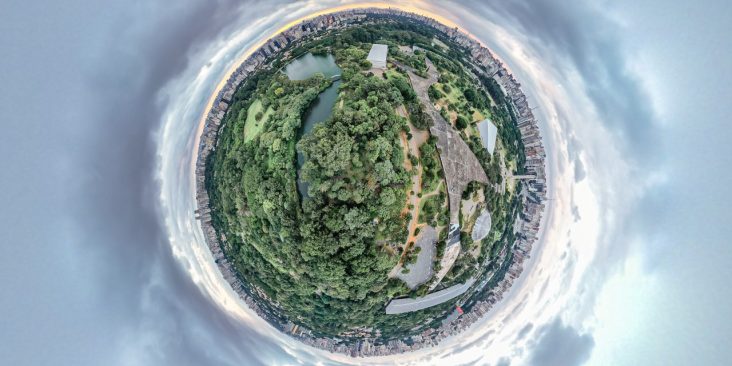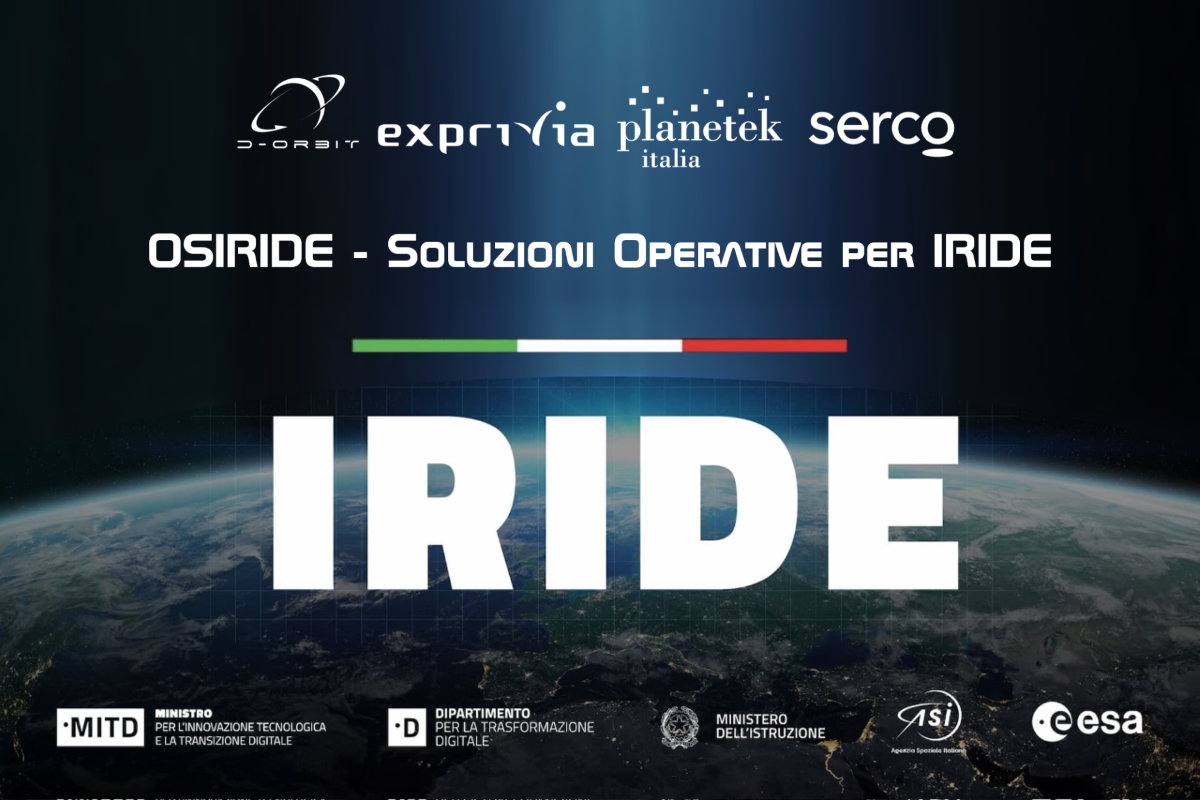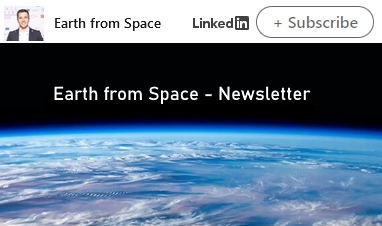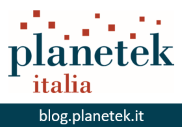Iride constellation: Italy is the star attraction of space

There have been many moments in which Italy has been one of the protagonists of the space exploration and Earth observation. From the third country in the world to have launched satellites into orbit in December 1964 to the Dart probe that allowed NASA (National Aeronautics and Space Administration) to reverse the course of an asteroid heading towards us a few months ago. That was a success in which Agenzia Spaziale Italiana (Italian Space Agency) played a leading role.
And what happens now?
Now it is the turn of Iride, a very ambitious programme that Italy launched this year to develop a satellite constellation to observe the Earth by 2026. With a value of 1.3 billion, the IRIDE satellite constellation of 36 state-of-the-art satellites and downstream services will become Europe’s most important satellite programme for Earth observation in low orbit.
In addition to Earth observation and support for civil protection, the new eyes in the sky called Iride would also enable the development of commercial applications for start-ups and the entire industry sector.

What is Iride?
Over the last few months, especially when attending international events, I felt a huge curiosity about this new Earth Observation programme from people. Many people asked me why the name Iride was chosen, what the differences were with the Copernicus programme, or what opportunities it could bring to the Italian aerospace industry.
Once up and running, Iride will monitor with unprecedented detail hydrogeological instability and fires, protecting our coastline and monitoring critical infrastructure, air quality and weather conditions.
Iride is also a relevant component of the Next Generation EU dedicated to developing space activities and supporting the ecological and digital transition.
IRIDE – Iris, the Greek goddess of the rainbow, also known as the messenger of the Gods, who gave valuable information.
It was the winning schools of the Space for Ideas competition supported by the Italian Department of Digital Transformation, the Ministry of Education and ASI that chose the name IRIDE, which was then announced by Samantha Cristoforetti directly from the Italian space station.
Four Italian EO companies jointly found the OSIRIDE consortium
Tackling the programme’s challenges with cutting-edge technology is the foundation that led four Italian companies to set up OSIRIDE – Operational Solution for IRIDE, the new ‘Made in Italy’ consortium that will generate ideas by fostering the emergence of start-ups and innovative approaches for the development of the Iride satellite constellation.
The Italian space economy is one of the few characterised by a complete industrial chain in every segment and with a very high degree of integration. In the Osiride consortium, we can see how each of the four companies specialises in at least one of the key segments of the Earth observation sector:
- D-Orbit specialising in space logistics and transport services;
- Exprivia, specialising in earth systems and enterprise software solutions for public and private customers;
- Planetek Italia, which specialises in developing services and analytics derived from Earth observation;
- Serco Italia, a leader in the design of infrastructures for satellite data management.
The Osiride consortium will therefore realise applications in response to the needs gathered in recent years from public entities and authorities, after a detailed analysis of the requirements that the Iride constellation will have to fulfil.
Copernicus? What happens to it? Which opportunities from Iride programme?
Read on: Join “Earth from Space” newsletter on LinkedIn


